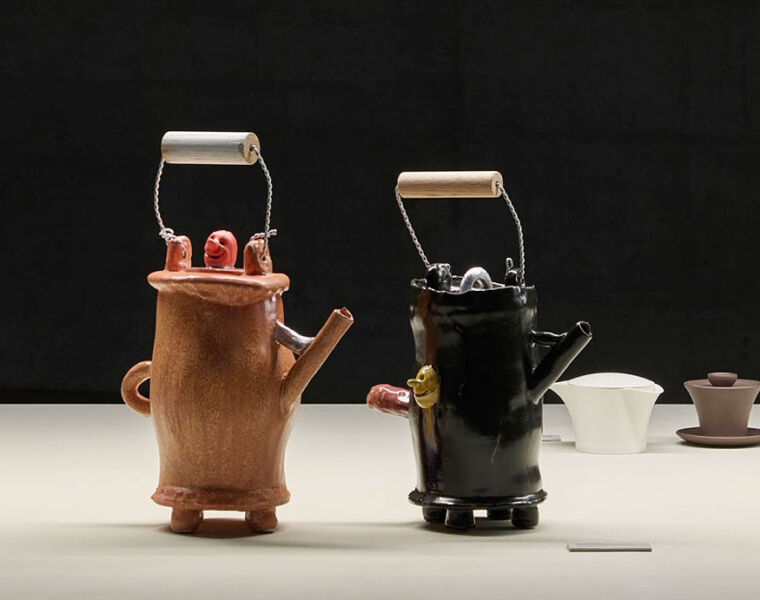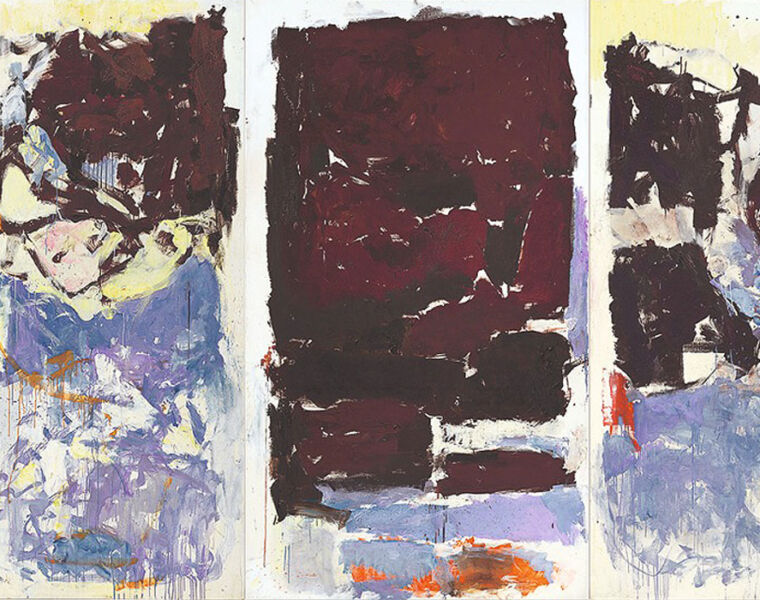
Glamorous gardens such as these in fine neo-classical English mansions will inevitably be embellished with fountains, urns and statuary.
Architects, builders, designers and sculptors have chosen marble, a natural stone for their prestige projects, since ancient times. There was a time when marble and stone seemed dated, but interior and product designers are returning to the beauty of natural materials. New developments in technology allows the exploration of marble and stone in completely different ways, high tech innovations such as laser and high pressure enable marble to be cut more precisely, thinner and with more curves.
Marble or stone tables are designed to withstand the most extreme climates without distorting or cracking. Sets of marble or stone tables have now replaced wood for outdoor terraces and patio gardens. Stone firepit sets are another of the latest trends – some even have an interchangeable centre section to incorporate an ice bucket for chilling that essential champagne.
Most recently natural stone, rather than cast stone, is making a resurgence, with a charm that grows with age, developing its natural patina and attracting lichen which adds another characterful layer.
Stone or travertine are taking over from marble, looking softer and less formal than white marble, which needs a framework of evergreen to look its best. Travertine seems to be in the lead, always a favourite at Chelsea Flower Show: versatile, warm, equally smart in a traditional as in a contemporary environment.
As for fountains and water features, people are becoming more attracted to design inspired by the past than spare minimalism. Classical design will look good for generations, while ‘of the moment’ fashion soon loses its edge. When choosing a classical design it is important that the fountains should faithfully reproduce the correct proportions, followed by traditional architects who still revere the rules of ancient Greece and Rome. A company making bespoke fountains or urns will always visit the site, ensuring perfect balance and symmetry.
In our noisy age, a fountain can bring tranquillity, drowning out traffic and street sounds with its musical tinkling. ‘A classically inspired fountain is a perfect choice for a walled garden in a Georgian terrace house, says designer Clare Agnew, Chelsea award winner for a garden in collaboration with Savills, leading estate agents, which included a pavilion in neo-classical style.
When choosing statuary, it should work in close harmony with the overall style and dimensions of your home and garden. You could start by imagining the space as a blank wall in your living room, planning the statuary in that context, choosing the piece to enhance an arrangement of trees, shrubs and flowers.
Sound advice is to keep it simple. Even one piece will create a presence and a focal point. Each part of the garden may have a different mood or feeling, as in the rooms of a house, each space can be embellished by its own piece of sculpture, say a dramatic figure with a background of bold foliage, the quirky note of a stone pig in a vegetable patch, a rustic stone bench among the flowers and grasses of a planned ‘wilderness.’

Statuary, fountains, and urns bring a garden to life, transforming it to create an expression of individual imagination and taste. Together with a taste for the romance of classical statuary, the imaginary ‘architectural ruin’, and a use of sculptural boulders of natural rock and stone, comes the advance of new technology.
As a golden rule for garden statuary, fountains and urns, every piece should belong to a specific site in a particular garden. Great British sculptor Barbara Hepworth once said: sculpture grows in the open light, its aspect is always changing. This perception applies as much to embellishing a tiny garden with an urn, as an avenue of sculpture in the park of a stately palace.
You can read the full article with extra images by clicking here




You must be logged in to post a comment.